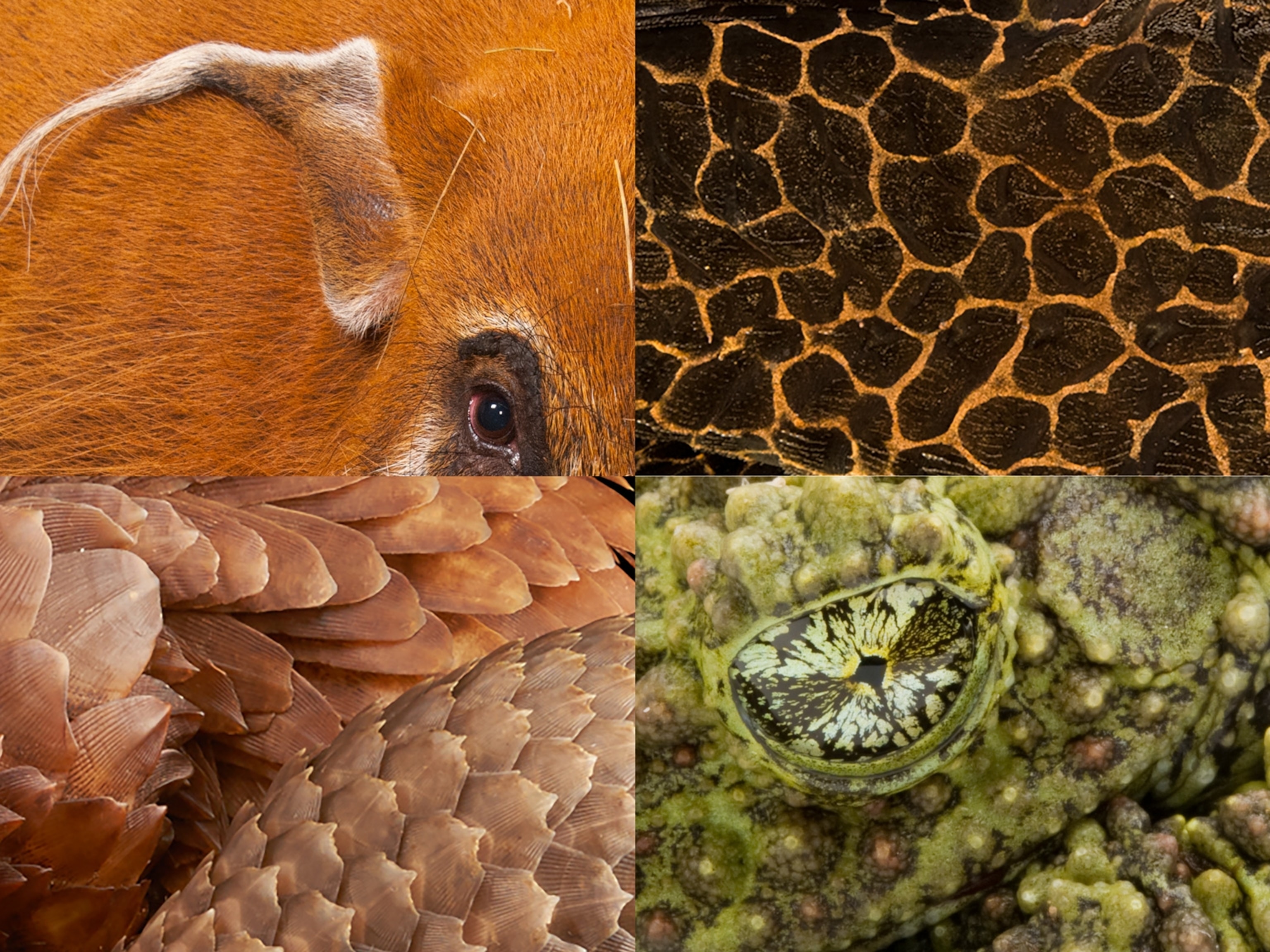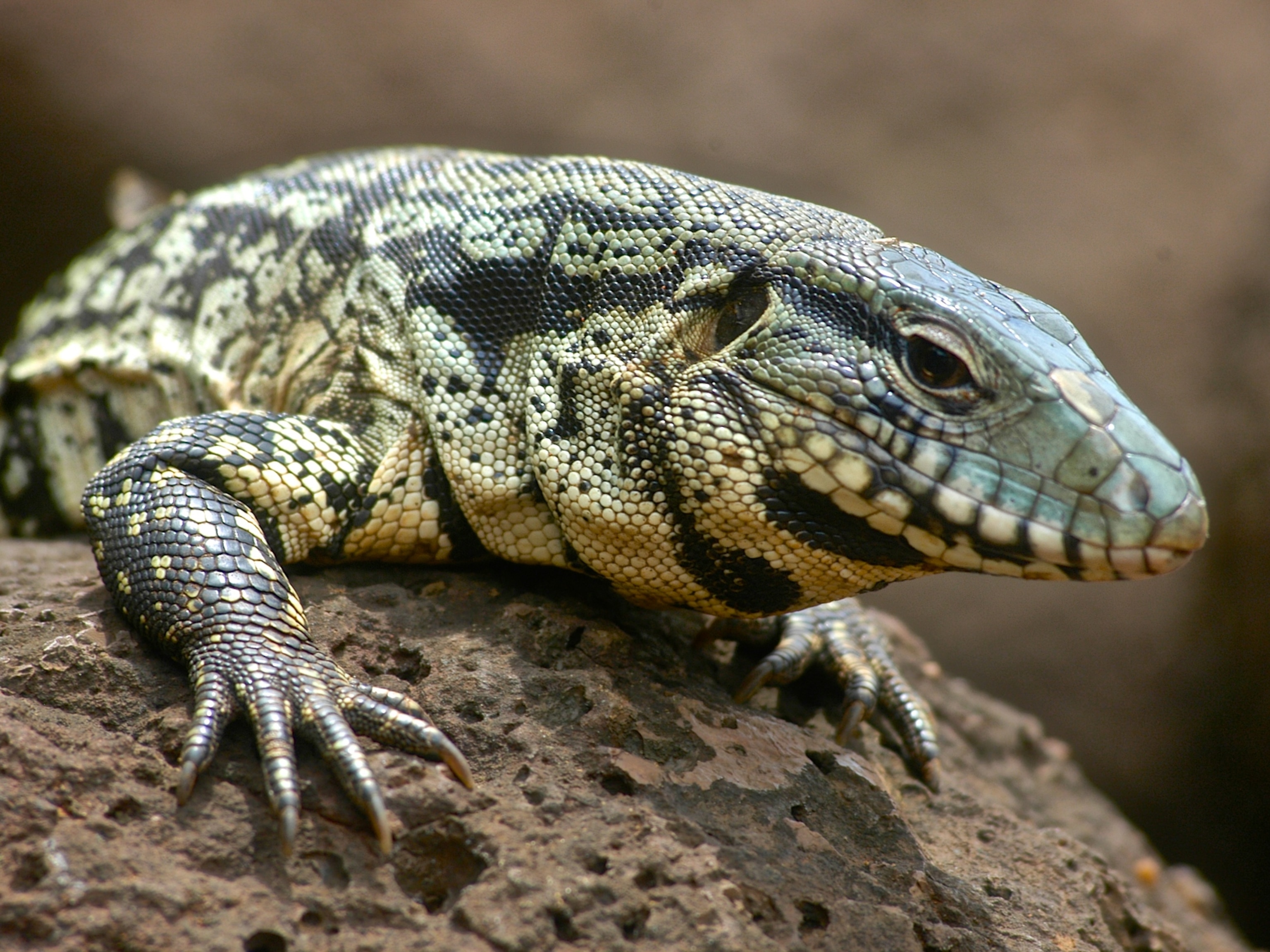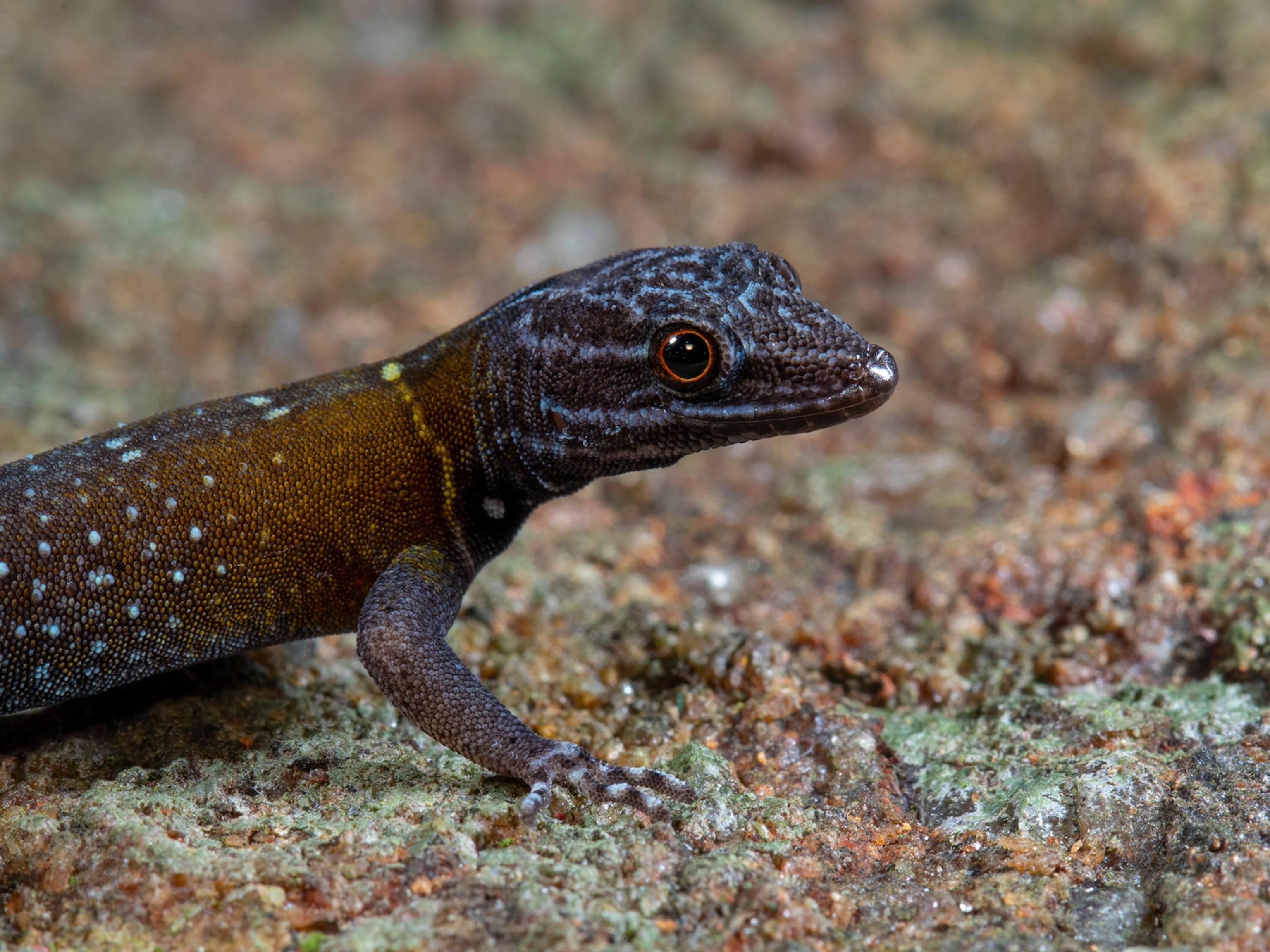These dragons don’t breathe fire—but they’re very real
One produces cyanide. Another eats its own—but could eat you if it wanted to. In the year of the wood dragon, we take a look at the real-life creatures that live up to their names.
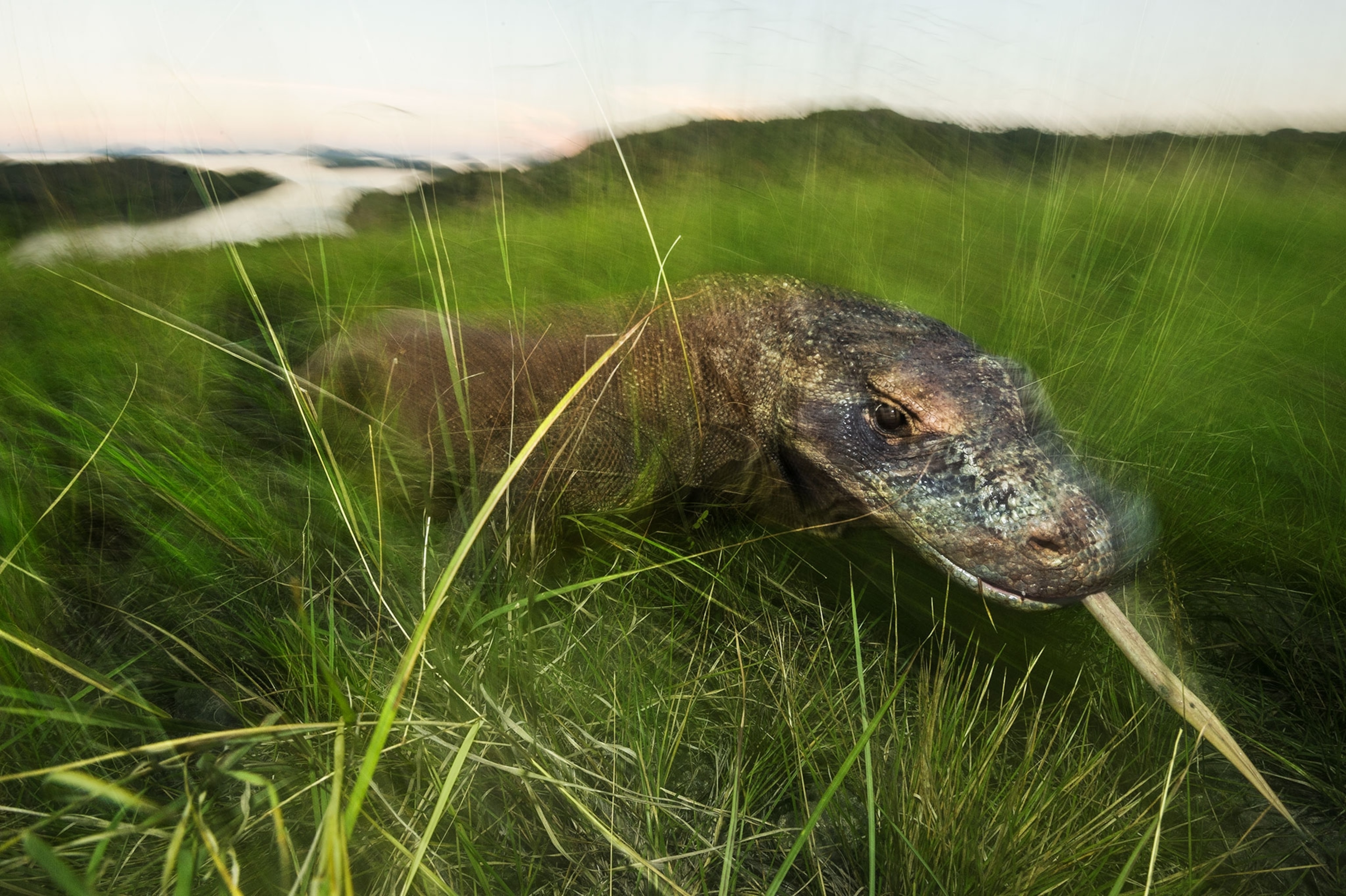
On February 10, communities across Asia and its diaspora will celebrate the start of the new year according to the lunar calendar. According to the Chinese zodiac, 2024 will be the year of the wood dragon.
Dragons are the only mythical creature among the 12 zodiac animals. The last dragon year was 2012, and every cycle is associated with an element (which is also on a repeating cycle of wood, fire, earth, metal, and water).
Though dragons may not be based in fact, there are some real-life animals with very dragon-like characteristics.
A new “diminutive dragon”
In January, a new species of northern kangaroo lizard (Agasthyagama) was discovered in the Western Ghats mountains of south India. Researchers describe the reptile, measuring just 4.3 inches in length, as a “diminutive dragon.”
Indeed, their claws, pointed snouts, and long tails call to mind the mythical beast, just pocked-sized. Interestingly, the lizards have learned to stand upright and run on their two back legs.
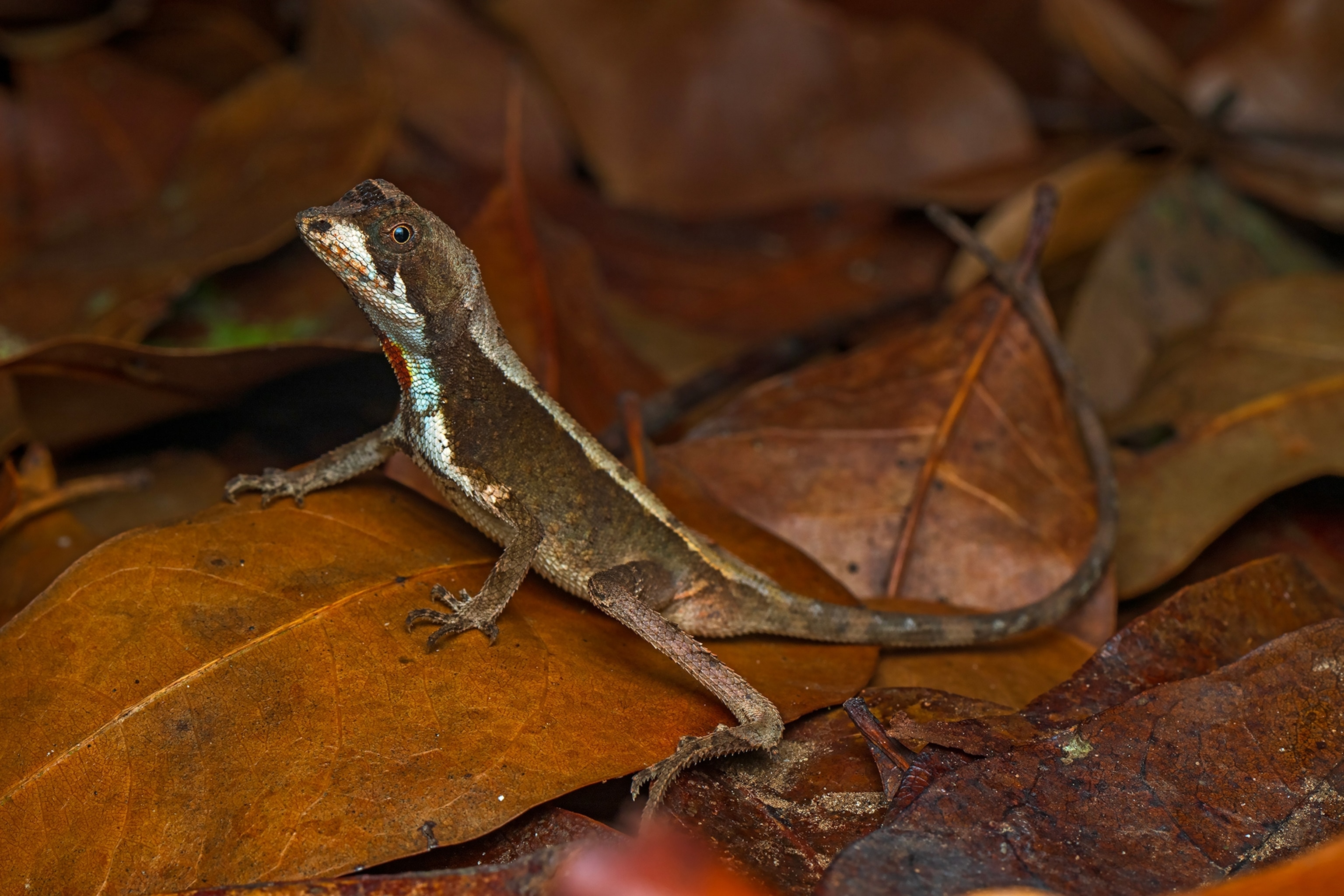
Ruby seadragon
We wear red when we want to stand out, but for the ruby seadragon, “it's a camouflaging tactic at depth,” says Josefin Stiller, who helped film the dragon for the first time in western Australia.
Because "red is the first color of the spectrum that gets filtered out," underwater, these fish appear black, helping them hide from predators, Stiller says.
Their masquerade is likely why they don’t have the same leaf-shaped camouflage appendages the leafy seadragon and common or weedy seadragon use to blend in.
Also unlike their cousins, ruby seadragon males carry their babies under their tails, not in their bellies.
Blue dragon sea slug
This gorgeous little nudibranch of just 2.3 inches long is packed with surprises.
“They spend their lives floating on the ocean surface upside-down, and swallow air to help them stay afloat,” says Ángel Valdés, a sea slug specialist at California State Polytechnic University.

This keeps them close to their prey, including the famously venomous Portuguese man-of-war.
The blue dragon steals stinging cells, called nematocysts, from man-of-wars, storing them in specialized organs in the tips of their cerata, or wings—which may explain their name.
If threatened by a predator, the nudibranch will discharge the stinging cells, says Valdés.
Pink dragon millipede
Scientists discovered the pink dragon millipede in 2007 in the Greater Mekong region of Thailand.
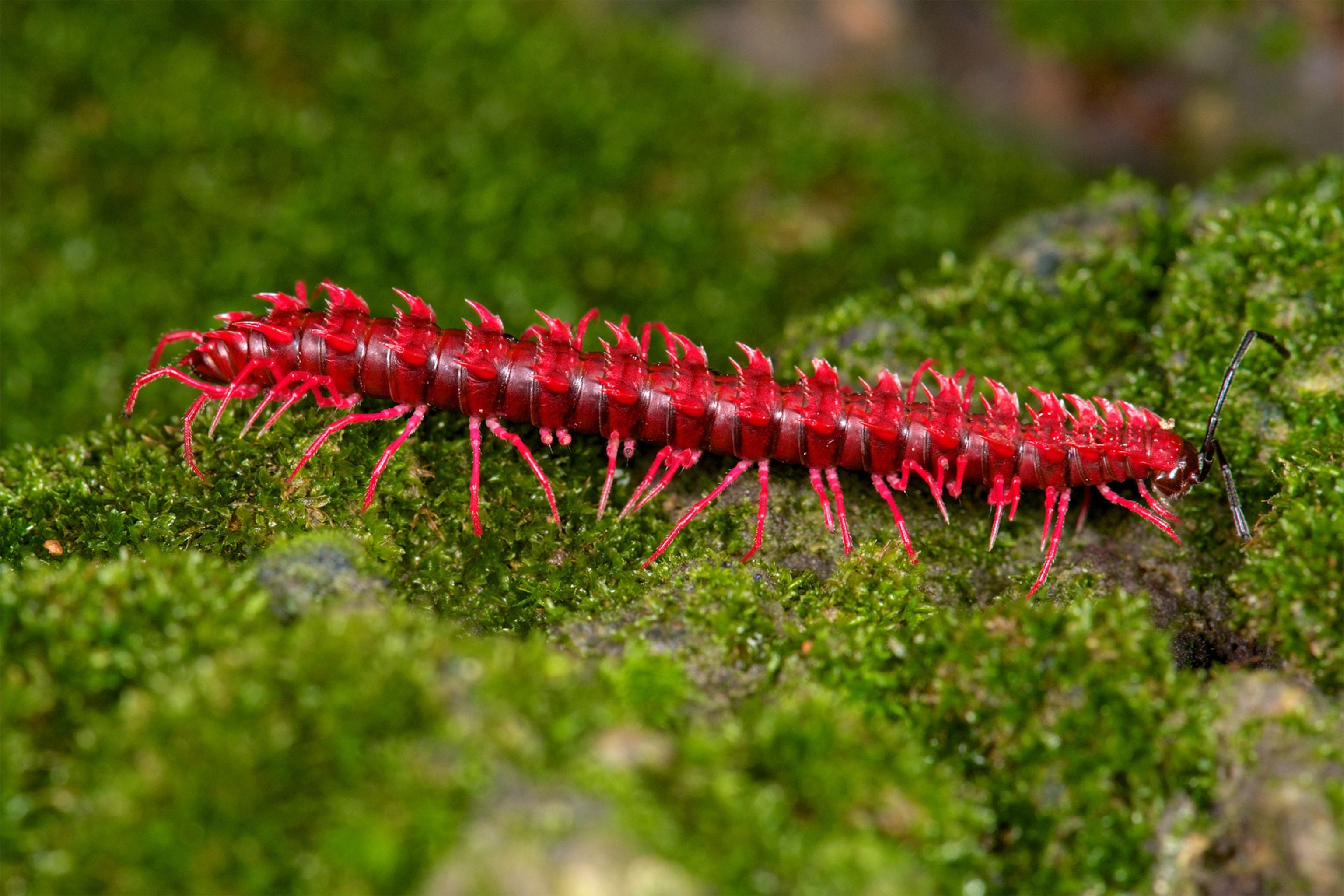
Thought to live only in the limestone caves of that region, the colorful arthropod defends itself by producing cyanide. Not exactly fire, but close.
Komodo dragon
This one could actually eat you.
The Komodo dragon kills prey with a combination of nasty venom and lacerating teeth that dispatch that venom speedily into the victim's flesh.
There is one animal brave enough to take them on. “The primary predators of Komodo dragons are other Komodo dragons,” says Robert Espinoza of the California State University, Northridge.
Because adults eat juveniles, very few youngsters are seen out in the open. Smart kids.
Black dragonfish
This wicked Alien-like beauty was once an awkward teenager.
In its larval stage, the female black dragonfish has eyestalks that can reach half its body length and allow her to see farther in the deep. As she grows, her eyes recede, and she blossoms huge teeth, rows of light-producing organs lining the body, and a barbel, a whisker-like chin projection.
The males, in comparison, are tiny and toothless, living only long enough to mate.
Flying dragons
These lizards of Southeast Asia and India are quite well camouflaged—until they spread their “wings.”
Flying dragons glide through the treetops using their colorful patagia, wing-like structures supported by their ribs, says Jim McGuire a flying lizard specialist at the University of California at Berkeley.


